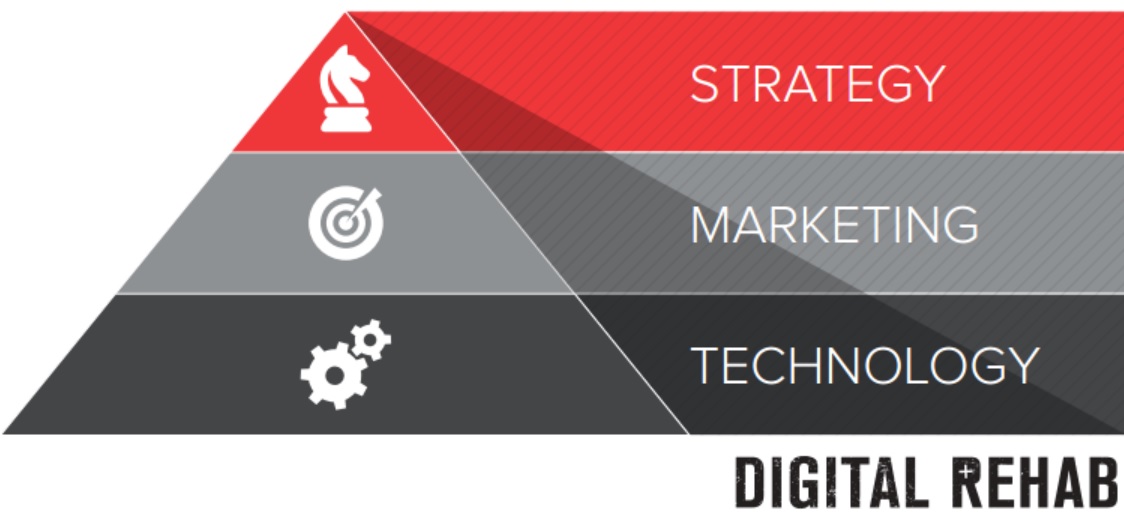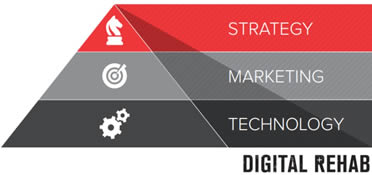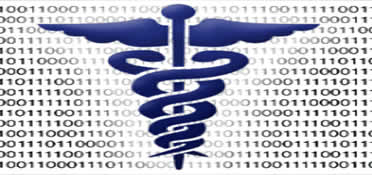Digital has become so pervasive it touches every aspect of all modern business. How businesses are responding to Digital is the subject of this article.
Traditional View on Digital
Traditionally, digital was looked upon in a two prong way – technical and marketing channel where technical aspects were in the IT domain and marketing was responsible for digital channel.
My issue with this is that this approach is flawed. Here are my thoughts:
Digital is not neatly able to be split across multiple functions. Instead, it underpins the ways in which business communicates, the data layers and flows (in and out), operational systems and workflows and internal/external comms. What I think is imperative is to clearly define WHAT Digital means for business. Is it data? Is it key business platforms? Is it websites/portals/sales/customer service tools etc?

What this diagram depicts is the need for Digital to be understood in a different way. Traditionally, Digital was defined by Technology first then Marketing Needs then Business Strategy. Given the increased focus on Digital and with the increasing competitive environment, Digital should instead be informed by business strategy, marketing needs then finally technology.
Age of the Chief Digital Officer (CDO)
Business needs to adapt to changing market conditions and business needs. Nowadays, with digital playing such a turnkey roll in business, a few businesses with whom Digital Rehab has worked have created a new Senior Executive tier and title of Chief Digital Officer. This role is an amalgamation of digital expertise coupled with seasoned General Management skill sets. While the title and role in business is gradually evolving, a Chief Digital Officer will typically coordinate strategy, delivery and support for mobile applications, social media, digital product development, content, data and digital technologies/platforms.
Gartner predicts that by 2015, 25% of businesses will have a Chief Digital Officer role.
David Willis, vice president analyst at Gartner mentioned at a conference in 2013:
“The Chief Digital Officer will prove to be the most exciting strategic role in the decade ahead, and IT leaders have the opportunity to be the leaders who will define it.” “The Chief Digital Officer plays in the place where the enterprise meets the customer, where the revenue is generated. They’re in charge of the digital business strategy. That’s a long way from running back office IT, and it’s full of opportunity.”


